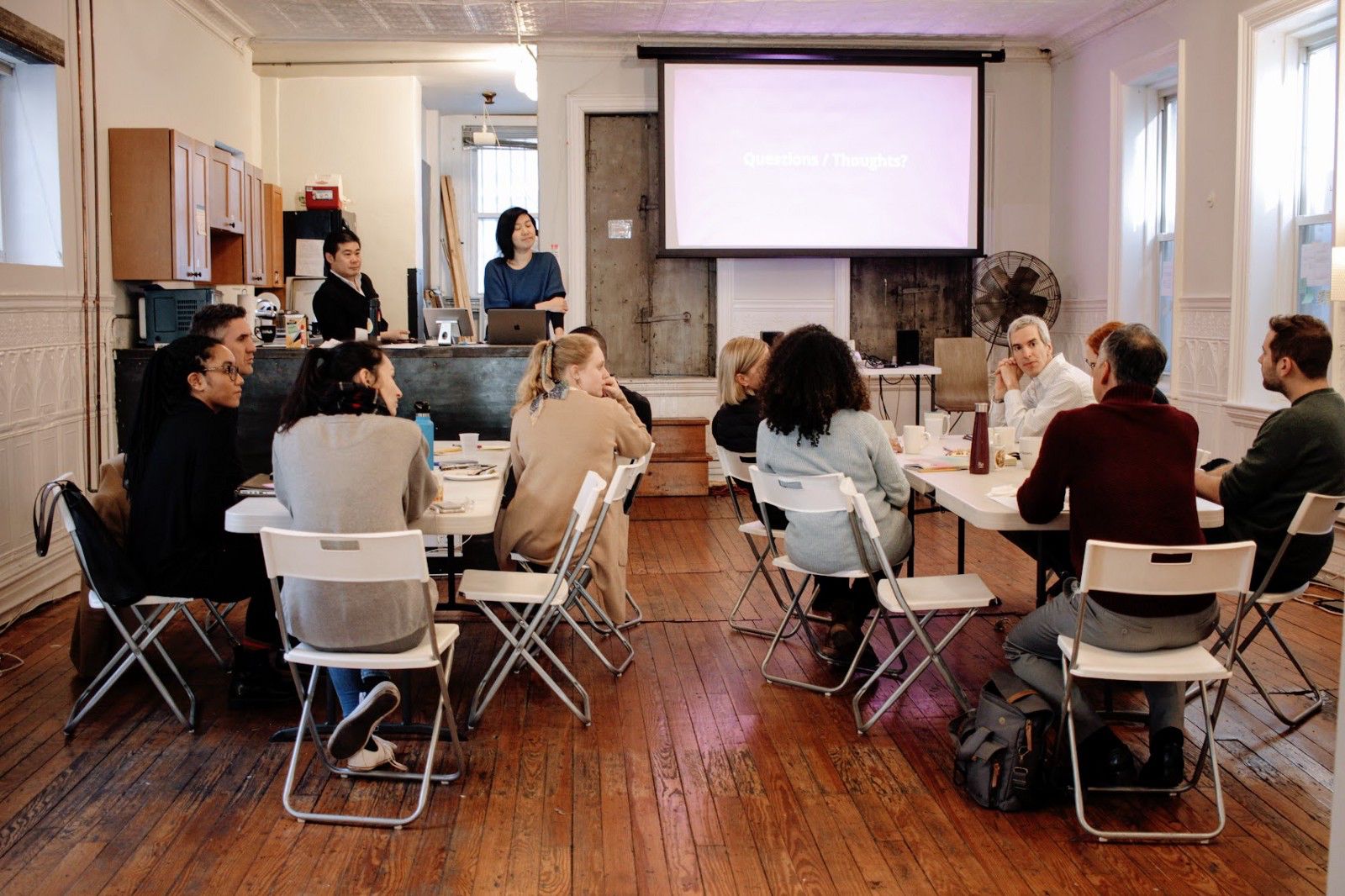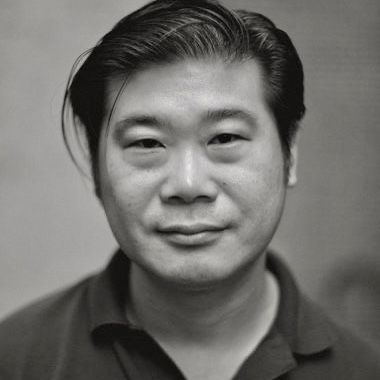Teaching Entrepreneurship through In-Public Experiential Learning

Insights from the Teach the 1K Workshop
In February 2019, Christina Xu and I convened Teach the 1K — a multi-event gathering of over 40 entrepreneurship educators and activators from a variety of backgrounds—academic, community-based, for-profit, non-profit—to teach them how to teach the $1K Challenge:
Design, launch and complete a crowdfunding campaign that benefits a community you’ve worked with over the course of the semester. The campaign should raise at least $1,000 from 50 different backers.
We ran this workshop because after collectively teaching for 7 years, we were at a crossroads with our work.
We’d seen how transformational the $1K Challenge could be as a teaching tool, and that the lessons the students learned through that experience were only becoming more and more important for the broader public.
There was tremendous potential, but it wasn’t clear how to scale it beyond ourselves. So, we decided to convene a gathering of relevant folks to see if we could teach them how to teach the $1K Challenge.
Here’s what we learned.
Teach the 1K Insights
1. There is a burgeoning interest in teaching people to confront uncertainty.
When we launched the Teach the 1K Workshop, we decided to frame it as an opportunity for teachers to learn how to teach people to confront uncertainty.
We were concerned this framing might be too abstract and thus fail to attract sufficiently qualified participants.
As it turns out, that concern was unsupported. The response was so strong and clear that we created a second event to accommodate the demand.
In retrospect, this shouldn’t have been a surprise. We’re not the only ones to recognize the need for a different, more equitable, approach that is relevant to a broad range of creators, whether they’re optimizing for economic value or social value.
2. The heart of entrepreneurship is exploration, which is rarely taught.
The heart of entrepreneurship — no matter which flavor — is about navigating and confronting uncertainty. We refer to this as exploring, and it is distinct from training the labor force to work in the venture industrial complex.
Many of the existing approaches we have for fostering entrepreneurship are selection mechanisms intended to surface investment opportunities, not opportunities to teach people to explore. While there are efforts to coach and mentor entrepreneurs, the stakes are either too high, or the experience is conflated with the separate challenge of raising capital.
Generally speaking, people aren’t being taught to explore. Our current educational system is optimized for training people to climb ladders rather than to sail the open seas.
The fundamentals of how to explore can be taught in a consistent and repeatable fashion, but doing so is a distinctly different practice from teaching skill acquisition (especially at scale). Everything from the interaction model to the economics of what sustains such an effort needs to be carefully considered.
3. What makes the $1K Challenge an effective teaching tool is that it takes place in public.
Many lessons are best learned through experience rather than lectures, and this requires that the students pursue real projects with real consequences.
Unequivocally, we have found that it is this decision — that the students pursue a challenge with real-life outcomes outside of their control — that is the most critical enabler in teaching people to explore and confront uncertainty.
The $1K Challenge is an example of what we call In-Public Experiential Learning.
4. Online public spaces create new opportunities for In-Public Experiential Learning
The rise of online public platforms like Kickstarter and Twitter has resulted in an exciting arena for In-Public Experiential Learning.
By leveraging Kickstarter, for example, we inherit the constraints of the platform, which make it easier for someone to launch something as audacious as an original idea. We also benefit from the resources Kickstarter provides to any creator, not to mention the collective wisdom of past creators. Twitter creates a space where by the students’ projects can be discovered (or not) by a receptive audience.
In essence, Kickstarter is the boat, Twitter is the open sea, and our 16-week course provides the prompt (the $1K Challenge), the training, and a safe harbor.
Once the student launches, the outcomes are out of everyone’s control — which is a valuable lesson in itself. As a class, they’re going out to sea together and coming back with personalized lessons which inevitably benefit everyone.
This is just one example of an educational experience that is built on this new terrain. Done well, there’s a huge unrealized opportunity to create similar educational experiences across all online public space.
The hard part is figuring out how to craft the right challenge with a clear success or failure mode that encourages the student to willingly jump in, and the necessary safeguards for guiding participants to the endpoint with minimal risk.
5. In-Public Experiential Learning requires resilient instructional systems.
The experience of teaching an in-public challenge introduces an additional layer of chaos and complexity in the form of unpredictable student outcomes and obstacles.
This can be overwhelming for both the student and the teacher. By taking the students out of carefully controlled conditions, you are subjecting them to the entropy of the world, which can surface many irrational fears and reflexes. Similarly, as instructors, it’s inordinately expensive to support a whole cohort of students working in this manner.
The key to managing this is to build resilient systems in lieu of defaulting to “hero mode”, where student challenges are resolved solely through increased individual effort by the teacher.
Such systems include things like:
- leveraging our own personal and professional networks for student project feedback,
- building software tools to automate mundane tasks, and
- establishing rituals where the students share some responsibility.
Thinking of teaching as a set of systems means that we can do more than just react; we can pre-empt problems, point out inefficiencies, and continually iterate.
6. The $1K Challenge is a specific implementation, not an adaptable framework.
Our hypothesis going into the workshop was that the $1K Challenge was one of the best ways to actually teach people to explore and confront uncertainty, and that other educators could potentially modify it to fit their contexts.
In reality, it would be more effective to teach other instructors at the level of abstraction right above that.
The $1K Challenge has worked well for us because over the years, we tailored it precisely to our context — teaching first-year graduate students in the SVA MFA in Interaction Design program. We built a precise obstacle course that accounts for our students’ strengths and weaknesses — as well as our own — and considers the constraints and the institutional context in which we operated. The process we have shared here is the outcome of seven years of optimization.
While there are many components of the $1K Challenge that can be borrowed or adapted, it’s ultimately too custom-built to serve as a starting point for other educators and activators, especially those working in very different contexts.
Rather than teach the $1K Challenge, the more impactful (and scalable) approach may be to share what we know about designing and operating In-Public Experiential Learning programs, and to help people create programs customized to their context — whether they’re coming from academia, government, non-profits or for-profits.
Hot Takes
No Medium post is complete without some hot-takes. Here are a mix of trends and insights, all of which are worthy of longer posts in themselves. Each of these represent opportunities for further exploration.
- We will see new a whole bunch of educational experiences that take place in the new networked public. The $1K Challenge is but one example of what can be done. However, most of what we see in online education is skill acquisition or a straight port of offline classrooms to an online container. There’s a huge opportunity to create fun and powerful experiential educational experiences, akin to Pokemon Go. This doesn’t mean that classrooms are irrelevant—in fact, quite the opposite. Classrooms provide space for cohorts to support and learn from each other—which is key for experiential programs—and IRL will always be more compelling than virtual. Related, we’ll also see a fair amount of innovation in networked teaching models.
- Teaching is a horizontal practice that’s increasingly relevant outside of academia. For a certain class of companies, Education will graduate from being a Support or Marketing activity, to being a core function that reports into the CEO. It’ll be the most effective way to grow and retain customers/users while simultaneously becoming a powerful input into the product development process.
- Build (or join) a community before you begin to build a product. The first “product” you attempt to build should be the thing that either coalesces the community you want to serve, or grants you trusted access to an existing community. In most cases, it should not be an MVP of your idea. Done right, you’ll have less guesswork on the road to product market fit, lower user acquisition costs, and a built-in group of advocates—if not customers—you can build for and with. Or, you may discover they’re not who you should be building for at all. If you fail to coalesce a community, it’s a non-starter. Start over. (Note: this idea is the undercurrent of the most recent version of the course.)
- Mission-driven entrepreneurship is a different process from what’s been popularized. There are many flavors of entrepreneurship, and they all optimize for different outcomes—wealth creation, agency, impact, are some examples. In all cases, you can’t escape the laws of physics—at some point you will need to figure out how to financially sustain your work. Often, the biggest hurdle is the mindset shift from “what you can dream up” to “what will actually work”. If you are optimizing for a mission over wealth creation—meaning you’d rather shut everything down than pivot to a completely unrelated random business—you have an added level of difficulty in that you will need to figure all of this out as early as possible. Otherwise, things may get really complicated. Furthermore, you may need ignore the majority of the advice, programs, and support infrastructure out there, simply because they just don’t apply to you. Honestly, the best approach you can probably take is #3.
The Teach the 1K Insights were co-written with Christina Xu and can be found on our website Post-Industrial Design School along with an archive of the Teach the 1K Workshop, our course materials, student blogposts and much more. Hot Takes are written entirely by Gary.
Post-Industrial Design School is an experiential learning lab run by Christina Xu and Gary Chou.
